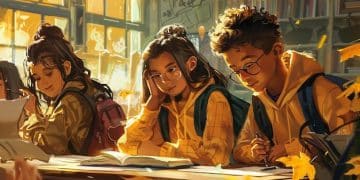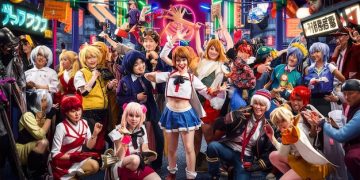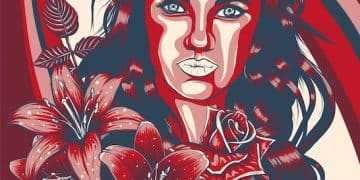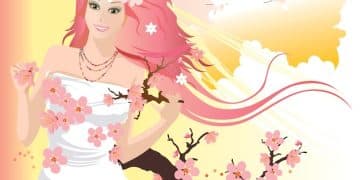Unveiling the Magic: A Comprehensive Review of Shojo Manga

Shojo manga, aimed at a young female audience, explores a diverse range of themes from romance and friendship to personal growth and fantasy, offering captivating narratives and artistic styles that resonate deeply with readers.
Dive into the enchanting world of shojo manga, a genre tailored for young women that has captivated readers worldwide with its heartwarming stories and compelling characters. This review delves into the various elements that make shojo manga a beloved form of entertainment.
What is Shojo Manga? Understanding the Basics
Shojo manga, translated as “girls’ comics,” is a genre of Japanese comics specifically aimed at a young female demographic. While romance is often a central theme, it also encompasses a wide array of subgenres including fantasy, science fiction, historical drama, and slice-of-life.
Key Characteristics of Shojo Manga
Shojo manga is distinguished by its artistic style and narrative conventions. Common characteristics include:
- Large, expressive eyes: Characters often have exaggeratedly large eyes that convey a wide range of emotions.
- Elaborate hairstyles: Hairstyles are frequently intricate and visually appealing, adding to the characters’ distinctiveness.
- Emphasis on emotional depth: The stories often explore the characters’ inner lives, focusing on their relationships, feelings, and personal growth.
- Romantic storylines: While not always the primary focus, romance is frequently a central element, exploring themes of love, friendship, and relationships.
The genre has evolved significantly over the years, reflecting changing societal norms and the diverse interests of its readership. Modern shojo manga often challenges traditional gender roles and explores complex themes with greater nuance and depth.
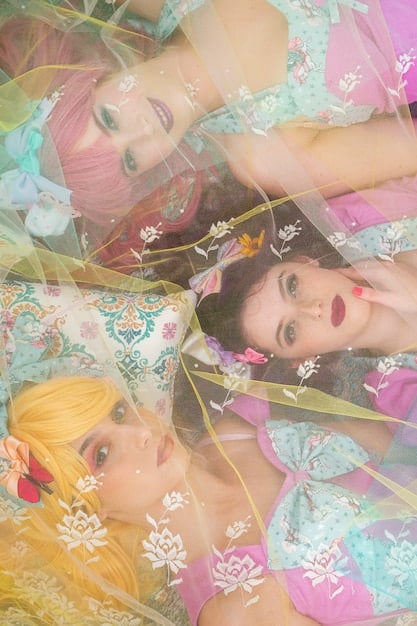
The Historical Evolution of Shojo Manga
The history of shojo manga is rich and diverse, tracing back to the early 20th century when magazines began featuring comics aimed at young girls. These early works often focused on moralistic stories and educational content.
One pivotal figure in the history of shojo manga is Osamu Tezuka, often called the “God of Manga.” Tezuka’s innovative storytelling and cinematic techniques revolutionized the medium, laying the foundation for the shojo manga we know today. His influence can be seen in the expressive character designs and dynamic panel layouts that became hallmarks of the genre.
Significant Milestones in Shojo Manga History
- The emergence of “Ribon no Kishi” (Princess Knight) by Osamu Tezuka in the 1950s is regarded as a defining moment. This series broke new ground by featuring a female protagonist who disguised herself as a prince.
- The 1970s witnessed a shift towards more complex narratives and mature themes. Artists like Moto Hagio and Riyoko Ikeda began exploring issues such as gender identity, sexuality, and social inequality.
- The 1990s saw the rise of magical girl manga, led by series like “Sailor Moon,” which blended action, romance, and fantasy in a way that appealed to a broad audience.
Today, shojo manga continues to evolve, with creators experimenting with new styles and formats, while still remaining true to the genre’s core values of emotional depth and character-driven storytelling.
Exploring Popular Themes in Shojo Manga
Shojo manga is known for tackling a wide range of themes that resonate with its audience, often exploring complex issues with sensitivity and depth. These themes not only provide entertainment but also offer insights into the experiences and emotions of young women.
Common Themes in Shojo Manga
The following captures the essence of several key themes often found in shojo manga:
- Romance: Love stories are a staple of the genre, exploring the complexities of relationships, first love, and navigating romantic feelings.
- Friendship: The importance of strong bonds between friends is a recurring theme, highlighting the support and camaraderie that comes from having close friends.
- Personal Growth: Characters frequently undergo significant personal transformations, learning to overcome challenges, discover their strengths, and become more self-aware.
- Family: Family relationships, both positive and negative, are often explored, examining how family dynamics shape individuals and their choices.
These themes are usually presented in a way that is relatable and emotionally resonant, allowing readers to connect with the characters and their experiences.
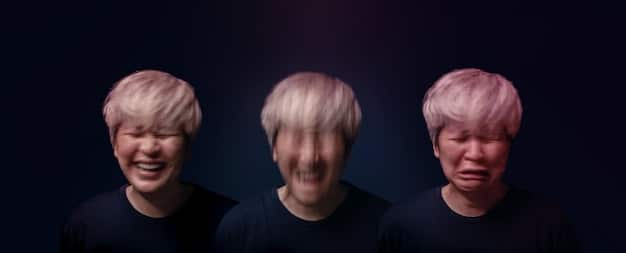
Notable Shojo Manga Series: A Closer Look
Over the years, numerous shojo manga series have achieved both critical and commercial success. These titles stand out not only for their popularity but also for their impact on the genre and their lasting appeal.
Series like “Fruits Basket,” for example, use the Zodiac theme to explore loss, healing, and the importance of human connection. “Sailor Moon” has become a global phenomenon, revolutionizing the magical girl genre as noted earlier. These series have been lauded for their complex characters, engaging storylines, and enduring messages.
Highly Recommended Shojo Manga Titles
- Fruits Basket: Known for its emotional depth and exploration of complex family dynamics.
- Sailor Moon: A classic magical girl series that has inspired countless adaptations and spin-offs.
- Cardcaptor Sakura: A delightful blend of magic, friendship, and romance.
- Yona of the Dawn: A fantasy series with strong female protagonist and captivating world-building.
Each of these series offers a unique perspective on the shojo manga genre, each weaving together memorable characters, and immersive narratives.
The Influence of Shojo Manga on Culture and Society
Shojo manga has had a profound impact on culture and society, both in Japan and around the world. The genre’s influence can be seen in a variety of areas, from fashion and art to social attitudes and gender roles.
One of the most significant contributions of shojo manga has been its portrayal of female characters. Unlike some other genres, which often depict women as passive or secondary, shojo manga typically features strong, independent female protagonists who are capable of making their own decisions and shaping their own destinies. This has helped to challenge traditional gender stereotypes and empower young women to pursue their dreams.
How Shojo Manga Impacts Society
- Promotes female empowerment: Shojo manga offers a positive and empowering representation of women, challenging traditional stereotypes and inspiring readers to strive for their goals.
- Influences fashion and art: The distinctive art style of shojo manga has inspired fashion designers, illustrators, and other artists around the world.
- Explores social issues: Many shojo manga series tackle important social issues such as bullying, discrimination, and mental health.
Shojo manga can serve as a medium for social commentary and cultural exchange, promoting understanding and empathy across different communities.
Tips for Getting Started with Shojo Manga
If you’re new to shojo manga and interested in diving in, there are a few things you can do to make the experience more enjoyable. With the wide range and diversity of shojo manga publications available, choosing the correct entry points are key.
Start by exploring different subgenres to find what appeals to you most. Whether it’s romance, fantasy, science fiction, or something else entirely, there’s a shojo manga series out there for everyone. Read reviews and recommendations from other fans to get a sense of what’s popular and well-regarded. Look into different art techniques to consider what style is most alluring.
How to Begin Reading Shojo Manga
The following should assist in properly choosing the first shojo manga to read:
- Explore different subgenres: Experiment with romance, fantasy, science fiction, and other subgenres.
- Read reviews and recommendations: Find out what other fans enjoy and recommend.
- Start with popular series: Popular series are popular for a reason: they often offer a good introduction to the genre.
Remember, the most important thing is to have fun and discover new stories and characters that you love. Some services also offer free access to a limited selection of manga titles.
| Key Point | Brief Description |
|---|---|
| 🌟 Defining Shojo | Manga aimed at young women, exploring romance and growth. |
| 🌱 Evolution | Evolved from moralistic tales to complex narratives. |
| 💖 Core Themes | Focuses on romance, friendship, and personal growth. |
| 💡 Influence | Impacts fashion, art, and social attitudes. |
Frequently Asked Questions About Shojo Manga
▼
Shojo manga is defined as manga marketed towards a young female audience in Japan. The genre covers a wide range of themes and varies significantly artistically, each telling a unique story.
▼
Common themes in shojo manga include romance, friendship, and personal growth. Many series highlight challenges, emotional discoveries, and societal issues through a uniquely female lens.
▼
Shojo manga quickly evolved from simplistic, moralistic stories to complex narratives by incorporating diverse artistic and writing styles. Osamu Tezuka’s contribution to the art style is noted as significantly impactful.
▼
Consider starting with a widely popular series like Fruits Basket or Sailor Moon. These well received series have garnered a variety of adaptations due to how popular their stories and art styles are.
▼
Shojo manga has had a tremendous impact not only on fashion and art but also changing the way society views gender roles by empowering women through unique and diverse characters.
Conclusion
In conclusion, shojo manga is a rich and diverse genre that has captivated readers for generations. Both enjoyable and impacting many readers, exploring shojo manga is truly worthwhile.
